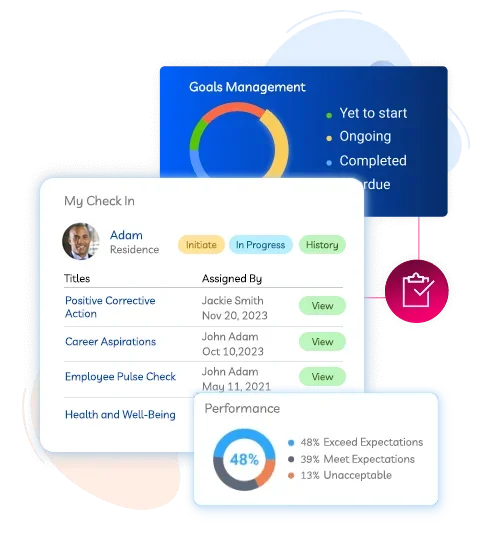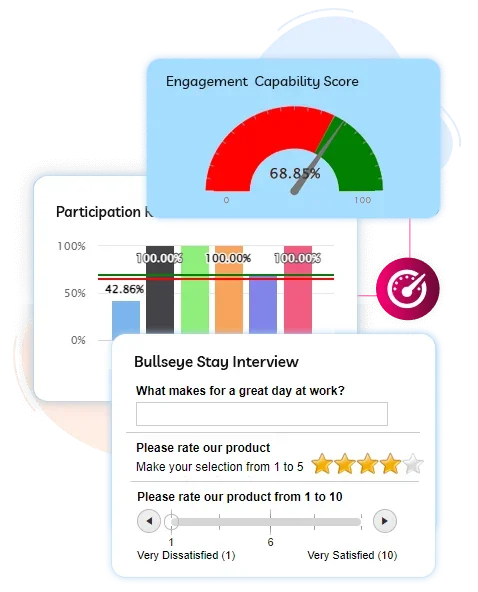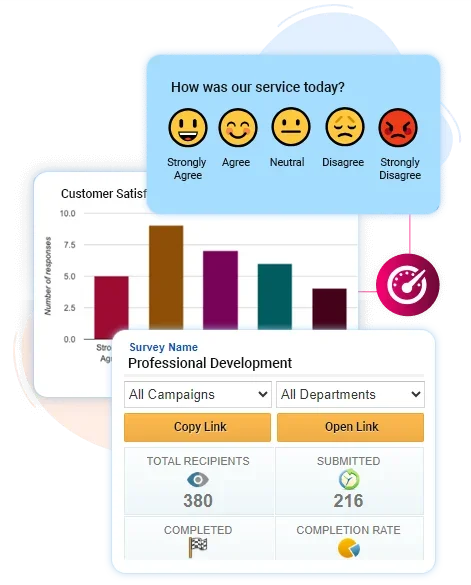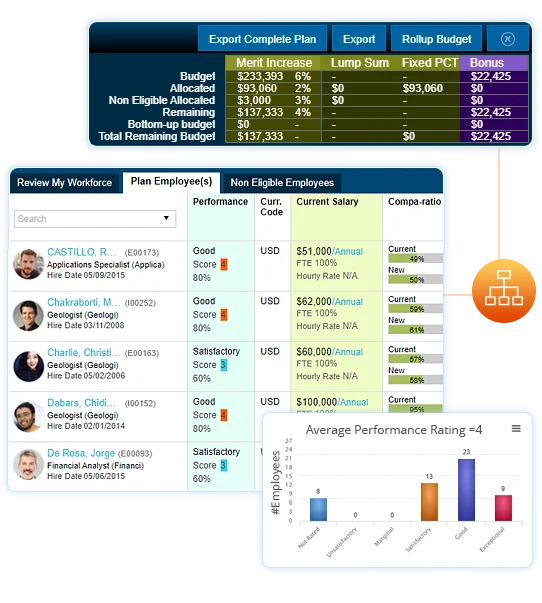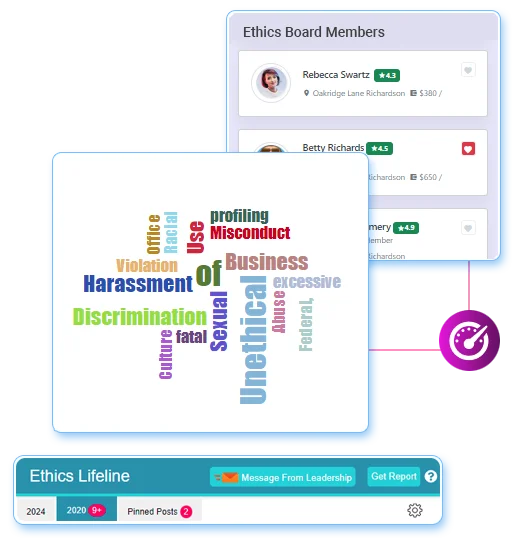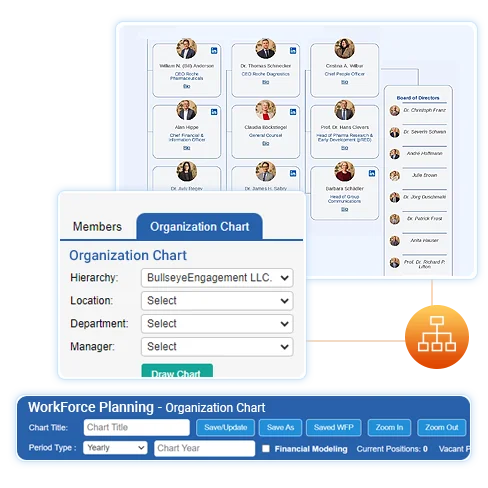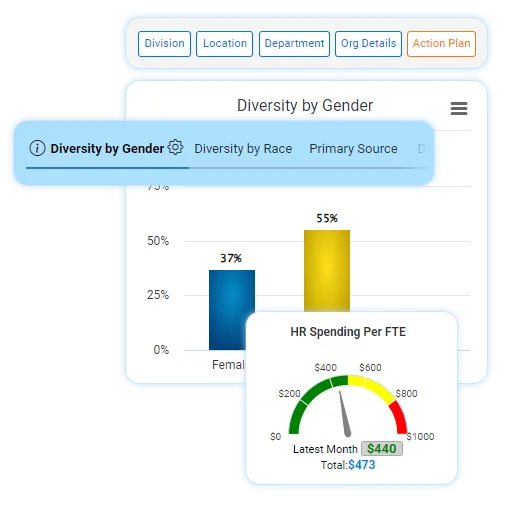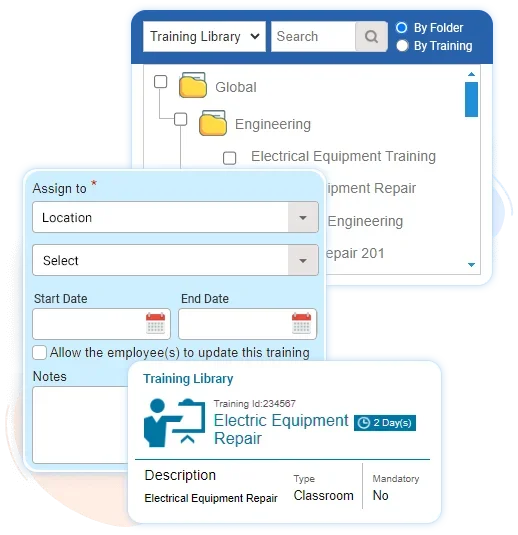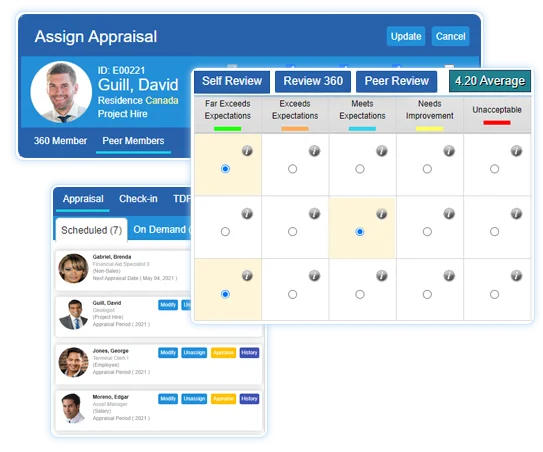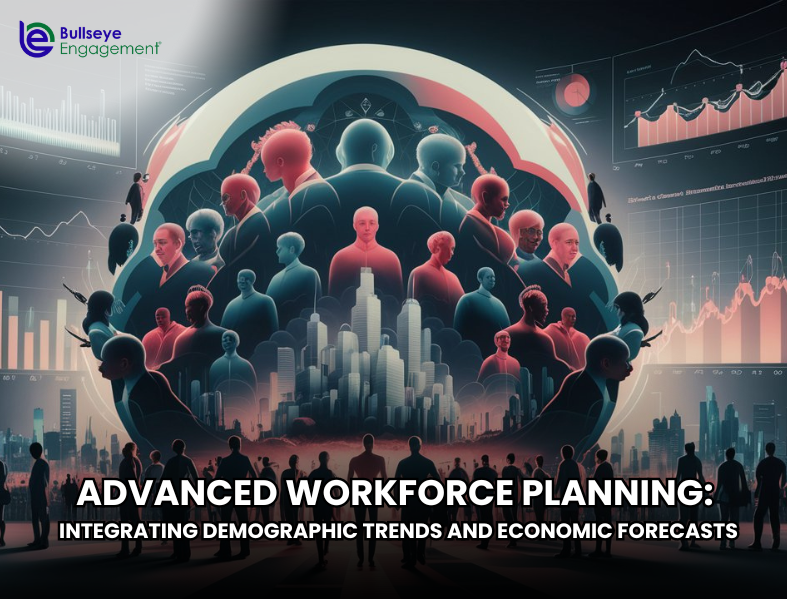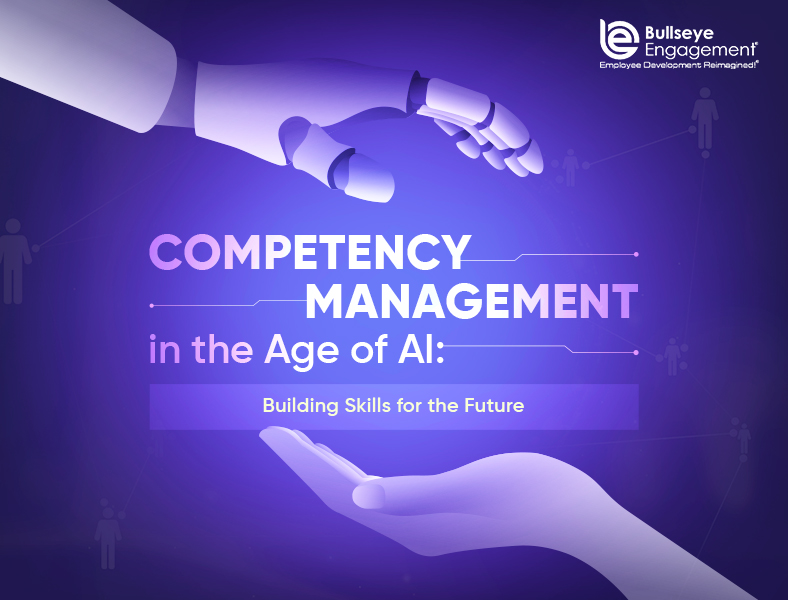Workforce planning is a critical component of strategic human resource management. It involves forecasting the future labor needs of an organization and developing strategies to meet those needs. Traditional workforce planning often focuses on the organisation’s historical data and current trends. However, companies must adopt advanced workforce planning techniques that integrate demographic trends and economic forecasts to stay competitive in today’s rapidly changing business environment.
The Importance of Advanced Workforce Planning
Advanced workforce planning is essential for several reasons. First, it helps organizations anticipate and respond to changes in the labor market. Companies can better prepare for potential labor shortages or surpluses by understanding demographic trends and economic forecasts. This proactive approach allows organizations to develop strategies to attract, retain, and develop the talent they need to achieve their business objectives.
Second, advanced workforce planning enables companies to align their workforce strategies with their overall business strategy. By integrating demographic and economic data, organizations can ensure that they have the right mix of skills and capabilities to support their strategic goals. This alignment is critical for achieving long-term success and sustainability.
Finally, advanced workforce planning helps organizations manage risk. By anticipating changes in the labor market, companies can develop contingency plans to mitigate potential risks. This proactive approach can help organizations avoid costly disruptions and ensure that they have the talent they need to meet their business objectives.
Integrating Demographic Trends
Demographic trends are a crucial component of advanced workforce planning. These trends provide valuable insights into the composition of the labor force and the potential challenges and opportunities that organizations may face.
One significant demographic trend is the aging workforce. In many countries, the population is aging, and the proportion of older workers is increasing. This trend has several implications for workforce planning. For example, organizations may need to develop strategies to retain older workers and ensure that they have the skills and capabilities needed to remain productive. Additionally, companies may need to develop succession plans to address the potential loss of critical knowledge and expertise as older workers retire.
Another important demographic trend is the increasing diversity of the labor force. As the population becomes more diverse, organizations must develop strategies to attract and retain a diverse workforce. This includes creating an inclusive work environment that values and respects differences and provides equal opportunities for all employees. By leveraging the unique perspectives and experiences of a diverse workforce, organizations can drive innovation and improve their overall performance.
Integrating Economic Forecasts
Economic forecasts are another critical component of advanced workforce planning. These forecasts provide valuable insights into the overall health of the economy and the potential impact on the labor market.
One important economic indicator is the unemployment rate. By monitoring changes in the unemployment rate, organizations can anticipate potential labor shortages or surpluses. For example, a low unemployment rate may indicate a tight labor market, making it more challenging for organizations to attract and retain talent. In this scenario, companies may need to develop strategies to differentiate themselves as employers of choice and offer competitive compensation and benefits packages.
Another important economic indicator is the growth rate of the economy. By understanding the overall growth rate, organizations can anticipate potential changes in labor demand. For example, if the economy is expected to grow rapidly, organizations may need to develop strategies to attract and retain the talent needed to support this growth. Conversely, if the economy is expected to slow down, companies may need to develop strategies to manage potential labor surpluses and ensure that they have the right mix of skills and capabilities to navigate the changing economic landscape.
Best Practices for Advanced Workforce Planning
To effectively integrate demographic trends and economic forecasts into workforce planning, organizations should follow several best practices.
First, organizations should regularly monitor and analyze demographic and economic data. This includes tracking changes in the composition of the labor force, monitoring key economic indicators, and staying informed about emerging trends and developments. By regularly analyzing this data, organizations can identify potential challenges and opportunities and develop proactive strategies to address them.
Second, organizations should develop scenario-based workforce plans. This involves creating multiple scenarios based on different demographic and economic assumptions and developing strategies for each scenario. This approach allows organizations to be more flexible and responsive to changes in the labor market and ensures that they are prepared for a range of potential outcomes.
Third, organizations should involve key stakeholders in the workforce planning process. This includes HR professionals, business leaders, and external experts. By involving a diverse group of stakeholders, organizations can ensure that they have a comprehensive understanding of the potential challenges and opportunities and develop strategies that are aligned with their overall business objectives.
Finally, organizations should leverage technology to support workforce planning. Advanced analytics tools and workforce planning software can help organizations analyze demographic and economic data, develop scenario-based plans, and monitor progress against their workforce planning goals. By leveraging technology, organizations can make more informed decisions and improve the overall effectiveness of their workforce planning efforts.
Conclusion
Advanced workforce planning is essential for organizations to stay competitive in today’s rapidly changing business environment. By integrating demographic trends and economic forecasts, companies can better anticipate and respond to changes in the labor market, align their workforce strategies with their overall business strategy, and manage risk. By following best practices and leveraging technology, organizations can develop proactive workforce plans that ensure they have the talent they need to achieve their business objectives and drive long-term success.
